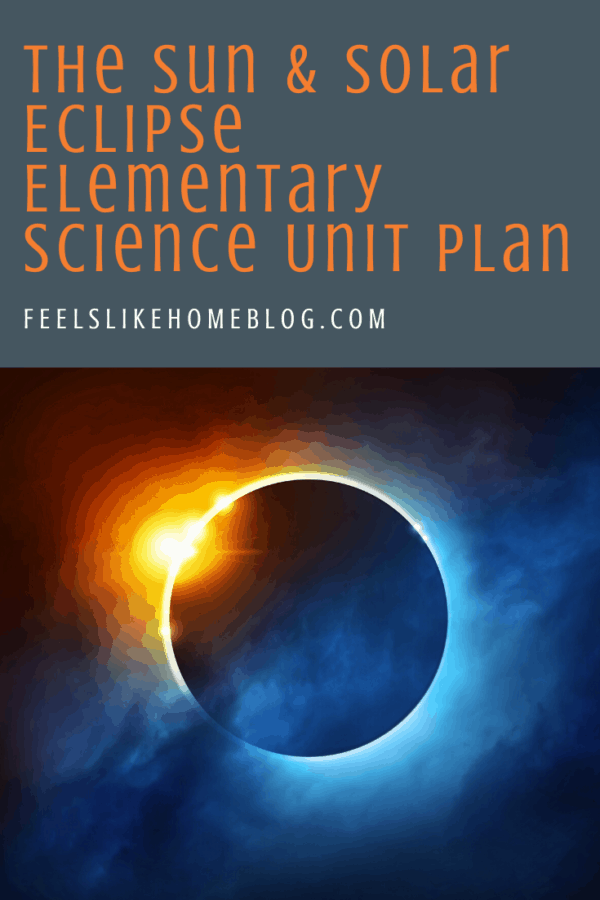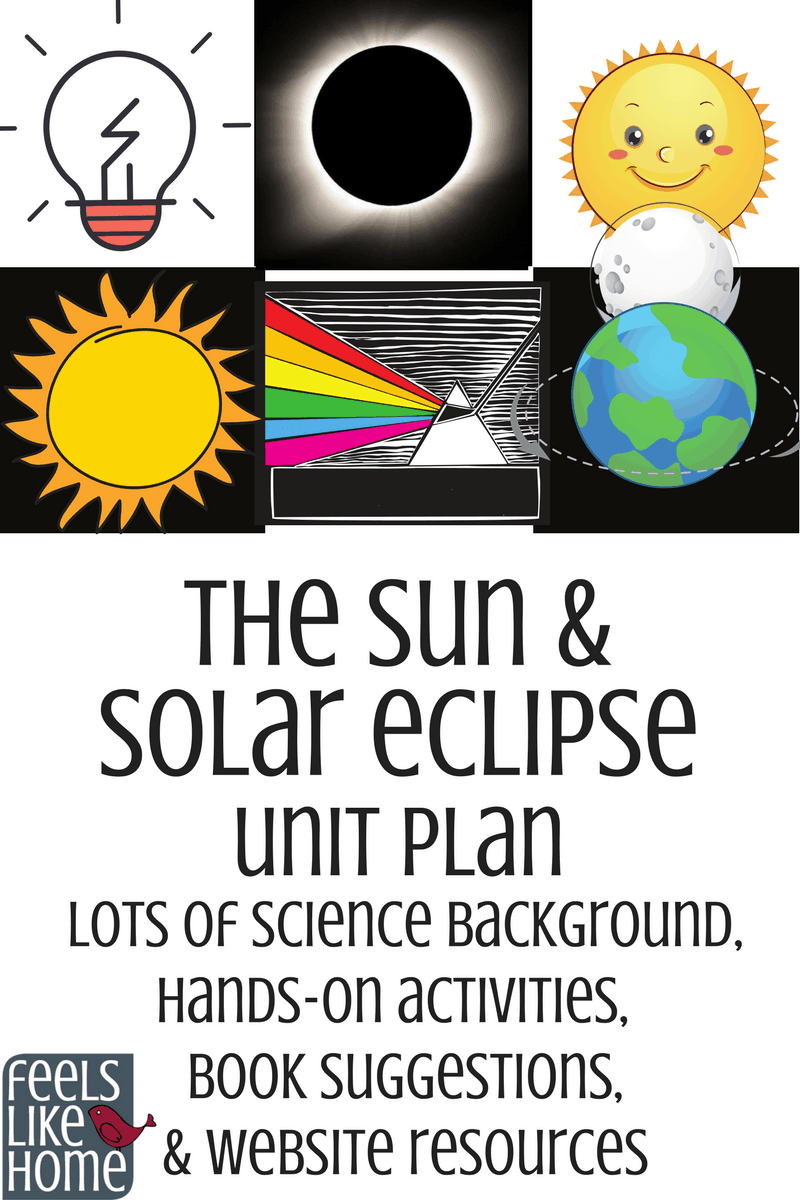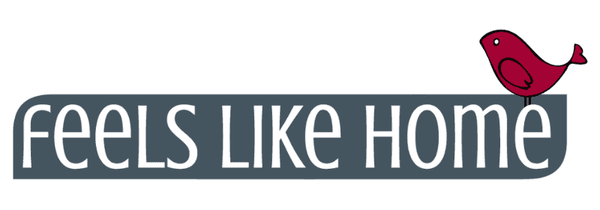The Sun & Solar Eclipse Elementary Science Unit Plan
The Sun & Solar Eclipse Elementary Science Unit Plan
Couldn't load pickup availability
Share
This unit would be great for all elementary kids and even up into middle and high school. I did many of these activities with my high school astronomy students when I was a teacher in a public school.
All of the science and the activities are explained below, and I have also created a printable unit plan with book list, project list, writing activities, and links. It is meant to be a handy tool that you can print off and work from.
Because we lean towards an unschooling model of homeschooling, I planned out a bunch of interesting and fun activities that I could do with my kids to teach them about the sun and the upcoming solar eclipse. We aren't sitting down to do one project per day or anything like that, but I am strewing the materials for the activities and making suggestions to them here and there, and we are getting through my plan.
I have a bunch of really great books on the sun, including a couple specifically about eclipses. I like some of these books better than others, and none of them are a complete resource, but each one has good photos and explanation written at a kid's level. You can't go wrong with any of them, but hopefully, you will be able to use a couple of them together.
Get the entire unit plan at the bottom of the page!
The Sun & Solar Eclipse Book List
- When the Sky Goes Dark - This awesome book is published by the National Science Teacher's Association. It is about two kids and their grandparents. They learn about eclipses together, and then they have fun recreating eclipses in their home using simple, everyday materials. Your kids will love to follow their instructions to study eclipses, too! Plus, there are suggestions for safe ways to view the actual solar eclipse on August 21, 2017.
- Eclipses: The Night Sky & Other Amazing Sights in Space - This book usually gorgeous photography to explain what solar and lunar eclipses really are.
- Seven Wonders of the Sun and Other Stars - I really love this book for upper elementary kids! It begins with an in-depth chapter on the sun, including everything from solar storms to coronal mass ejections (CMEs) to auroras. Then it goes on to explain some super cool astronomical phenomena including nebulae, supergiant stars, and black holes. We'll be using this one again in our unit on stars and constellations. Great to have on hand.
- The Sun by Elaine Landau - I think this is a perfect sun book for elementary school kids. It talks about everything from sunspots to prominences to CMEs and weather in a way that these guys will be able to understand. The type is pretty big, and there aren't too many words on a page. And the photos, seriously. The photos are amazing.
- Exploring the Sun by Nancy Dickmann - This is a very thorough book for upper elementary kids. It starts with the history of the sun from ancient times through now (even the Copernican Revolution where scientists realized that the sun was at the center of the solar system instead of the earth) and goes on to an in-depth look at the layers of the sun, how hydrogen fusion works, sunspots, CMEs, studying the sun, and a couple of pages on eclipses. Great, great book with lots of cool illustrations and photos.
The Projects & Activities
I have pulled together eight of my favorite sun and solar eclipse activities for you. Below are synopses of them, and you can find details instructions with the detailed science concepts (because I don't expect you to know all this stuff!) in the lesson plan at the bottom of the page.
Ultraviolet light detectors
My kids loved this, and my 10-year-old really took it and ran, designing trials and making the experiment last all afternoon.
First, you will need to get some UV beads and pipe cleaners. I got these beads from Amazon, and the package was a nice amount for 2-5 kids. We've used less than half of the beads so far.
Have your students string a bunch of beads onto a pipe cleaner. They can make the pipe cleaners into a bracelet if they want to or just make them into a ring so that none fall off.
The UV beads turn bright colors when exposed to ultraviolet (or UV) light. Send your students out into the bright sunlight to see the colors change quickly and deeply.
When they come back (amazed!), explain how the sun makes a lot more light than we can see with our eyes. Human beings aren't able to see ultraviolet light, but many animals can including bees, many rodents, reindeer and possibly more.
The sun makes all these different types of radiation or light (also called energy). We can see only a very small piece of it in the visible spectrum. The UV beads allow you to see the presence of UV light even though your eyes can't detect it.
Check out the lesson plan below for information about the whole solar spectrum, all the kinds of light, and ways to make this into a kid-designed experiment that will keep them busy for hours!
Infrared light detectors, activity 1
Infrared (IR) light is another part of the spectrum that comes from the sun. It is also invisible to humans (though some other animals are able to see it, like snakes, mosquitoes, and some fish). Some smartphone cameras and digital cameras are able to detect IR light as well which is why you can use them in the experiment in the lesson plan below.
Infrared light detectors, activity 2
This activity recreates the famous Herschel experiment in which IR radiation was discovered. You see, an astronomer named William Herschel lived in England from 1738 to 1822. He made all sorts of important discoveries including finding the planet Uranus and several of its moons (although some say his sister Caroline was the real finder of Uranus), several moons of Saturn, thousands of nebulae (massive clouds of gas and dust bigger than our solar system) and star clusters, as well as designing a new telescope that greatly improved the entire field of astronomy. He's quite an interesting character, and you should also study his sister who was an accomplished astronomer in her own right.
In 1800, Herschel was performing an experiment to determine the temperature of a light as seen through a red filter. (He was trying to figure out a way to view sunspots safely, and he did eventually do that as well.) You can read all about it in the lesson plan below.
Spectroscopes
Spectroscopes were one of my favorite experiments when I taught astronomy. A spectroscope is basically an empty box with some mirrors and a diffraction grating inside. When the light hits the diffraction grating, it is separated into its parts or the spectrum.
When I was in college, I made a very simple spectroscope out of a small pizza box, and that is still very possible, but I preferred to buy them this time around from Amazon. (Each spectroscope requires a diffraction grating, and the diffraction gratings cost almost as much as the simple spectroscopes.) The ones I got were very inexpensive (under $8), so I got one each for Grace and one for Allie.
Using a spectroscope is simple: you look through the eyepiece at a light source, and view the spectrum on the scale inside the box. Different types of light sources have different types of spectra and will look different on the scale. This is the really neat part of the activity.
There are three different types of spectra: continuous, absorption, and emission. I have included a detailed explanation of each one with diagrams in the printable unit plan.
Use a solar oven
Solar ovens have been used throughout the world throughout history to harness the sun's power in cooking and even in heating non-food items. What they didn't know 2,000 years ago is that the infrared light from the sun is what makes its light so hot. We know that now thanks to William Herschel's experiment above.
I have had students make solar ovens many times and, if you put them outside in direct sunlight on a very bright, hot day, they work great.
This experiment cooks something that kids really love in a fun way - with a solar oven that they created themselves!
Solar scale model
This is another NASA project that shows the relative sizes of the sun and earth and the distance between them. It's MUCH more than you think, I promise!
The average distance between the sun and the earth is 93,000,000 miles. In astronomy, this unit is called an AU or astronomical unit, and it is the basis for talking about the distance to all the other planets (for instance, Saturn is about 10 AU away from the sun). This will come in handy when we talk about the solar system in a couple of weeks.
It means nothing to tell your elementary child that the sun is 93 million miles from the sun, nor that you could fit 1 million earths inside the sun. These numbers are too big to mean anything to them. Mention them, but don't expect them to have a light bulb moment. What will give them a light bulb moment is this activity.
Eclipse models, activity 1
After you do the solar scale model activity above, your kids will understand just how big the sun is and just how far away it is from the earth and moon. Now it is time to show them how the teeny little moon can block out the sun in the sky.
An eclipse is when one heavenly body falls into the shadow of another. On earth, we see two different kinds of eclipses - an eclipse of the sun or solar eclipse and an eclipse of the moon or lunar eclipse.
That Bald Chick has a really nice drawing of a solar eclipse (albeit grossly out of scale) that I printed to use with my kids, so that they understand that they are actually seeing the moon as it crosses in front of the sun. After having done the solar scale model, they will see that the moon is very, very close to the earth compared with the sun, so you can explain how the moon looks bigger than it is in the sky and the sun looks smaller than it is. The full moon and the sun are actually almost the same size in the sky, which is why the total solar eclipse is so cool.
Eclipse models, activity 2
I did this activity with my co-op class on the moon, and they enjoyed it. A word of warning however, it took me way longer to set up than it did for them to figure it out, and that was a bummer. I wanted them to be engaged with it longer than they were. But it is a great activity and shows them very clearly the reason that eclipses are not more common.
The Sun & Solar Eclipse Unit Plan
I have created this 13-page unit plan just for you, my friend. I condensed everything I learned as a science education major in college with 10 years' experience teaching high school astronomy and 6 years of homeschooling into one informative, fun, exciting unit plan that you can print and go.
This unit plan includes all the activities above, listed out in great detail, with science explanations and diagrams that any mom or teacher can follow and repeat to her students. It's a no fail plan!
I designed this unit plan specifically for homeschoolers and unschoolers (stay with me unschooling mom, you can strew these activities and get your kids excited about the sun and eclipse, I promise! No coercion needed!), but it would be equally fun for classroom use. In fact, I used many of these activities in my classroom all those years ago.
TERMS:
This is an instant digital download. No physical products will be shipped.
This lesson plan for personal use by one family only and not to be shared, distributed, or used for any professional or income generating activity. If purchased by a teacher, it may be used by one teacher in one classroom for an unlimited number of students.
I am the owner and designer of all Feels Like Home Blog digital products. I self publish and distribute my own creative works. All creative works and the collection of my products are owned and copyrighted by me. Any reproductions are an infringement of copyright and punishable by law.





